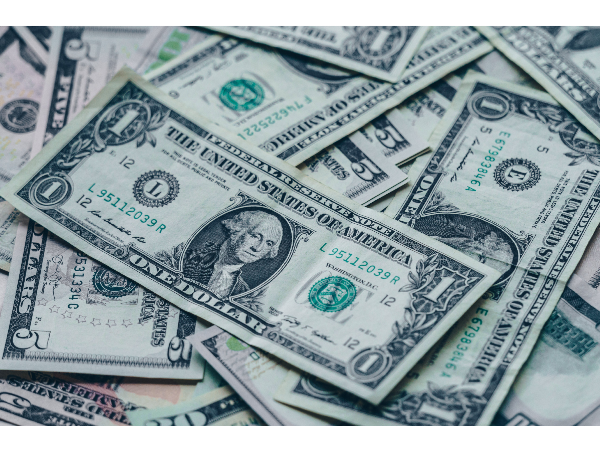Sound investments
don't happen alone
Find your crew, build teams, compete in VS MODE, and identify investment trends in our evergrowing investment ecosystem. You aren't on an island anymore, and our community is here to help you make informed decisions in a complex world.






























Key Takeaways
A stock’s share price typically drops by the amount of the dividend on the ex-dividend date, reflecting the payout to shareholders. While prices may rise before the ex-dividend date due to investor demand, they usually adjust downward once the dividend is no longer attached to new purchases.
Immediately following the ex-dividend date, investors typically observe a decrease in a stock's share price that is roughly equivalent to the amount of the dividend paid out. This price adjustment occurs because the company's assets are reduced by the cash distributed as dividends to shareholders. Additionally, new buyers of the stock on or after the ex-dividend date are not entitled to receive that recently declared dividend, so the market price adjusts to reflect this lack of immediate income. This initial drop is a natural market mechanism to account for the distribution of the company's value.
However, the trajectory of a stock's price after the ex-dividend date is influenced by a multitude of factors beyond just the dividend payout. Positive company performance, such as strong earnings reports or favorable news regarding future prospects, can create upward pressure on the stock price, potentially offsetting the initial dividend-related decline. Overall market sentiment, whether bullish or bearish, can also significantly impact a stock's direction, often overriding the effect of the dividend. Furthermore, an attractive dividend yield can draw in income-seeking investors, increasing demand for the stock over time, which could contribute to price appreciation. The reinvestment of dividends by existing shareholders through dividend reinvestment plans (DRIPs) can also generate buying pressure, potentially supporting the stock's price.
From a long-term perspective, companies with a history of consistent dividend payouts can become attractive to long-term investors seeking both income and potential capital appreciation. A track record of reliable dividends can contribute to a more stable or even growing share price over time, as it signals financial stability and a commitment to returning value to shareholders. Moreover, consistent dividend growth can be a powerful indicator of a company's financial health and future prospects, positively influencing investor sentiment and potentially driving the share price higher. Savvy investors often focus on the total return of an investment, which encompasses both the dividends received and any appreciation in the stock's price.
It's crucial to understand that dividends are just one of many elements that influence a stock's share price. Factors such as the company's earnings, overall economic conditions, industry trends, and investor sentiment play significant roles in determining price movements. While a high dividend yield might attract certain investors, it doesn't guarantee that the stock's price will appreciate. Conversely, companies that pay low or no dividends, particularly growth stocks, may still experience significant share price increases due to factors like revenue growth and market expansion. Therefore, investors should consider the broader context and not view dividends as the sole driver of a stock's price performance.